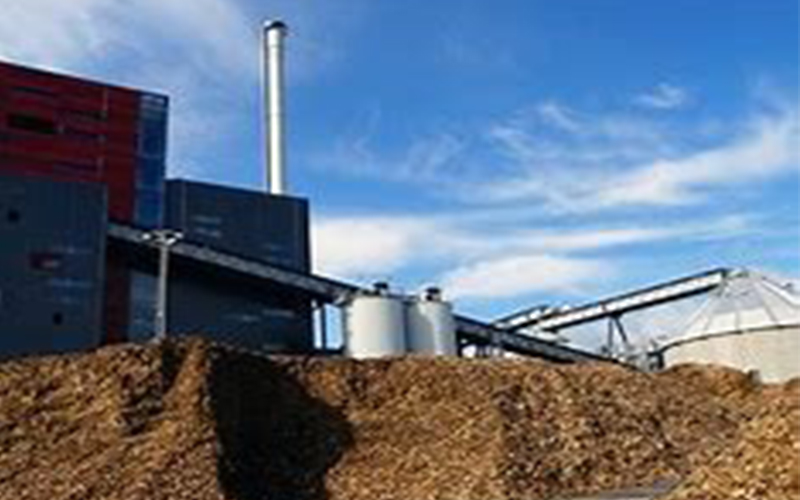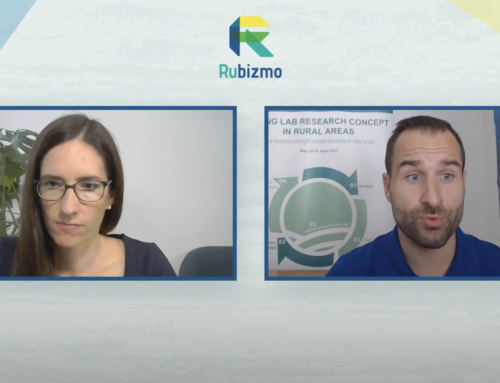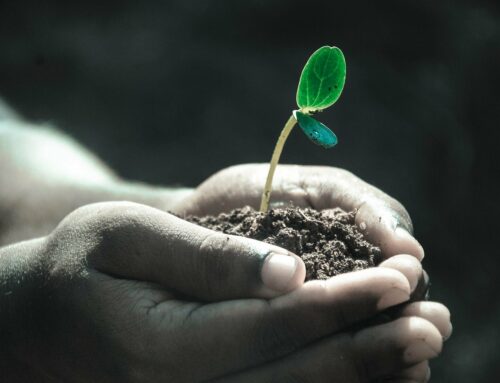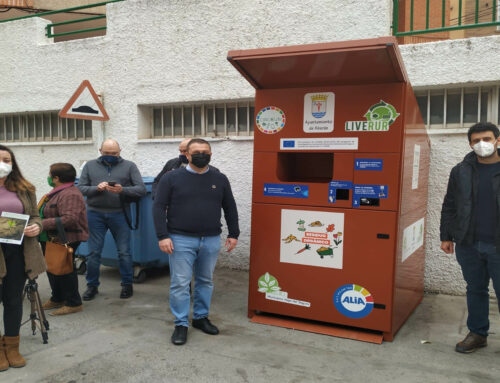Teleheating is a form of heating that consists of the distribution through networks of insulated (mostly buried) hot, overheated or steam (called thermal fluid) from a large production plant. With this system the water arrives (f.e.) at the homes operating in the heating or cooling systems, and then returns to the same plant at a lower or higher temperature.
In Magione (Trasimeno Pilot Region) for about 5 years a woody biomass plant (prunings, felled trees, branches) has been built for the production of electricity and heat for business and municipal use (schools and sports facilities).
The circularity and digital control of physical parameters is clearly evident (see the figure below).
The new MOLINO NUOVO SS farm collects the waste wood material over an area of about 5000 sq km. It has a proprietal chipper that turns the scrap woody material into wood chips. The SYNGAS (49 Kwt) cogeneration plant and the logistic area occupy about 1,5 ha on the surface, in an exquisitely agricultural area but not far from the sports facilities of the municipality of Magione (700 Mwt heat needs).
With the term wood chips or scales, wood flakes are marked with the help of special machines, until they reach a size between 1 mm and 6 cm. It is usually a mix of wood that can no longer be reused or used, for example, by the woodworking industries.
This material feeds every day the plant, with different amounts of timber according to the different interventions of felling trees and maintenance of public and private green areas.
Some digitally controlled physical parameters:
- Amount of electricity / hour produced
- Amount of heat / hour produced
- Temperature of water
- Humidity
- Amount of chips produced in a day
- Amount of chips consumed/hour
- Annual thermal requirements for sport facilities, school and greenhouse
CIRCULAR MODEL
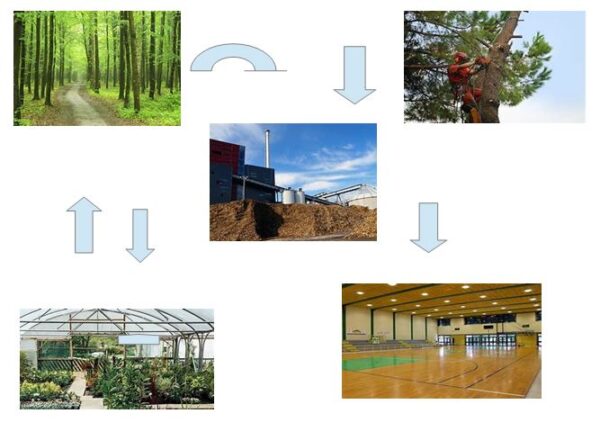
Written by: Paolo Burini from UCT

